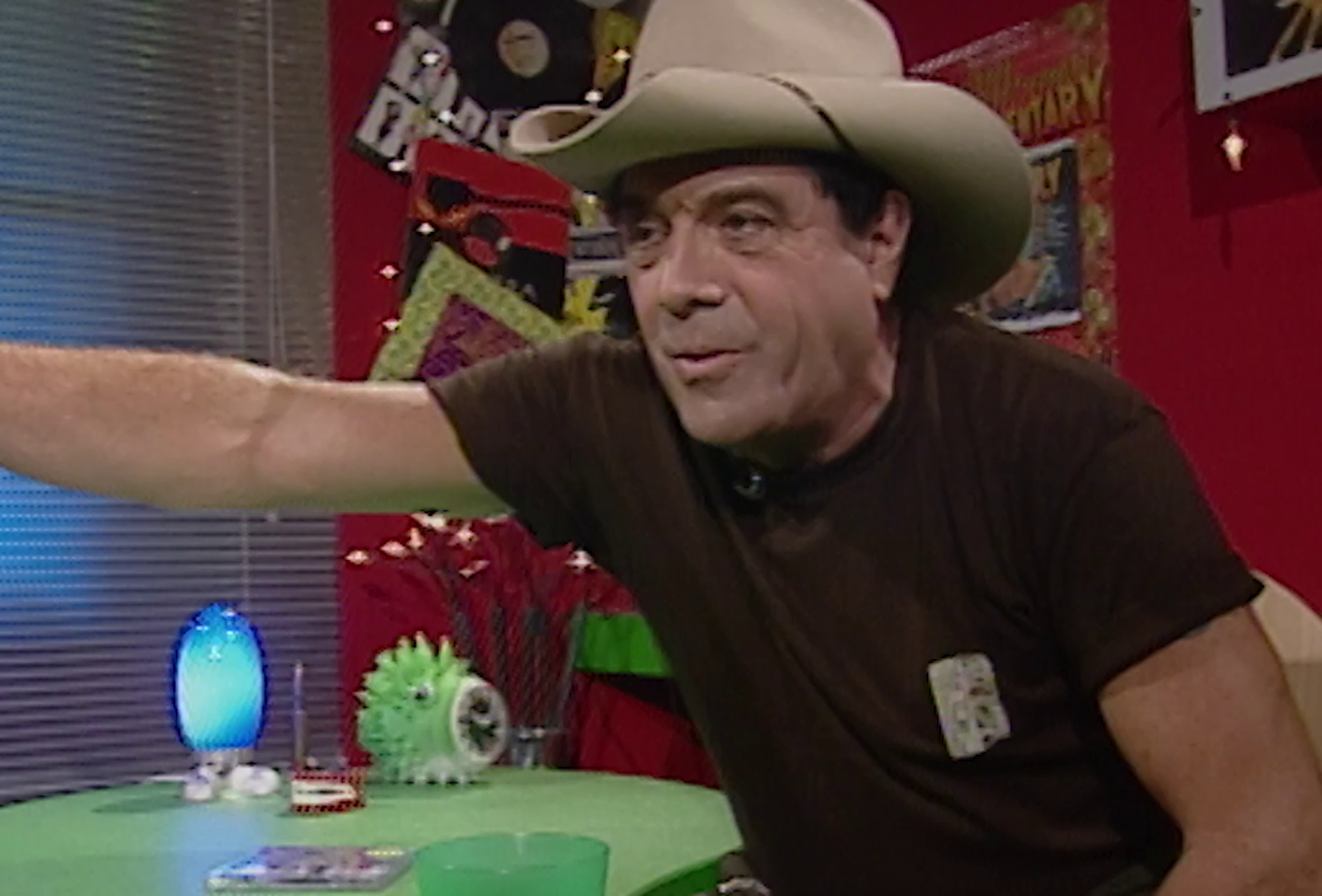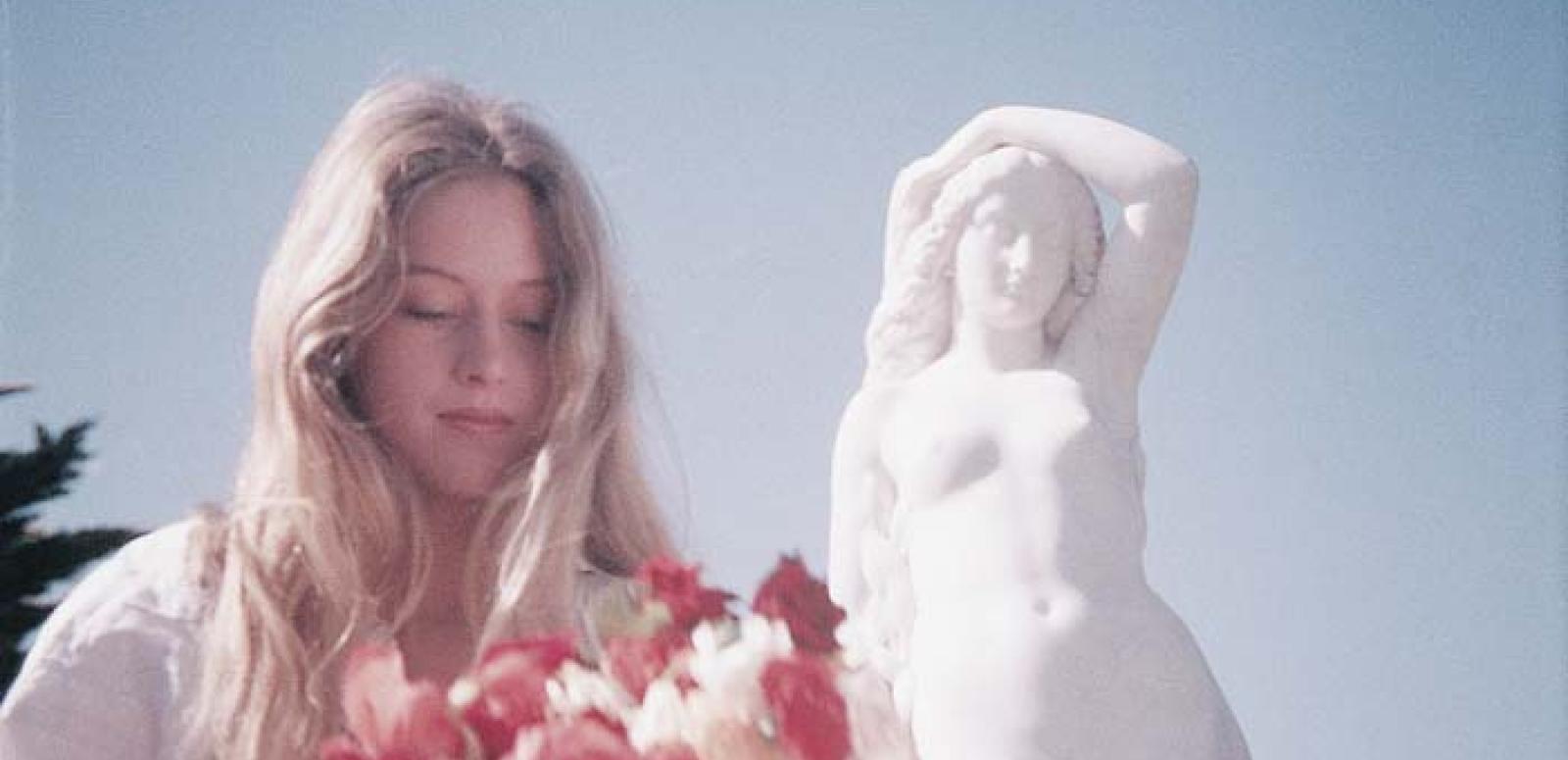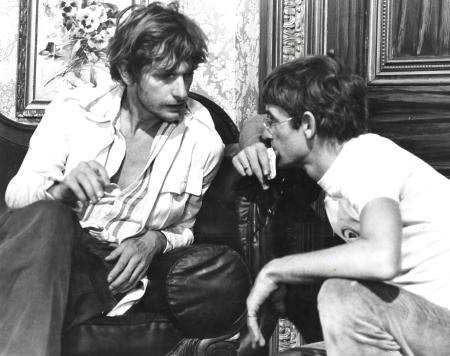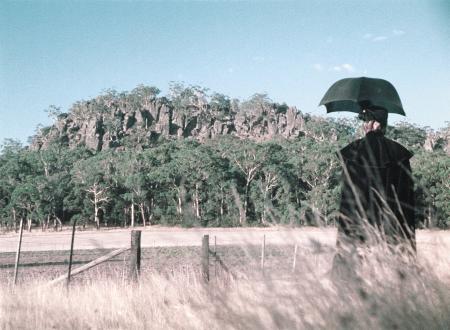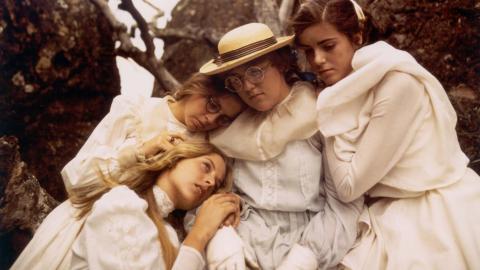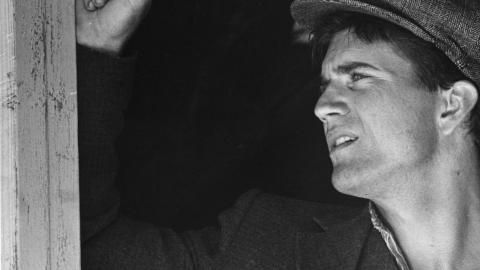As the world celebrates the 50th anniversary of Picnic at Hanging Rock (1975) – one of the masterworks of Australian cinema – we talked to director Peter Weir about the film’s mesmerising outtakes, which are held in our collection. These rarely seen moments offer an expanded perspective on his final cut.
Picnic at Hanging Rock, based on the 1967 novel by Joan Lindsay, exists in the collective memory mainly as a series of atmospheres: the cloistered, fevered world of the Edwardian girls’ school; the golden pastorale of the St Valentine’s Day picnic; the looming grandeur of the Rock. For Weir, ‘the powerful spell cast by the book on a first reading’ was the starting point. ‘I had to find a way of recording on film the enchantment I had experienced as a reader – rather like a composer has to find the music to transfer a libretto into an opera.
‘In my memory, Picnic is like a foreign country, one I journeyed to as a young man. A very foreign country – strange, beautiful and haunting – and only possible to visit once. The memories of that visit remain vivid and undimmed by time.’
